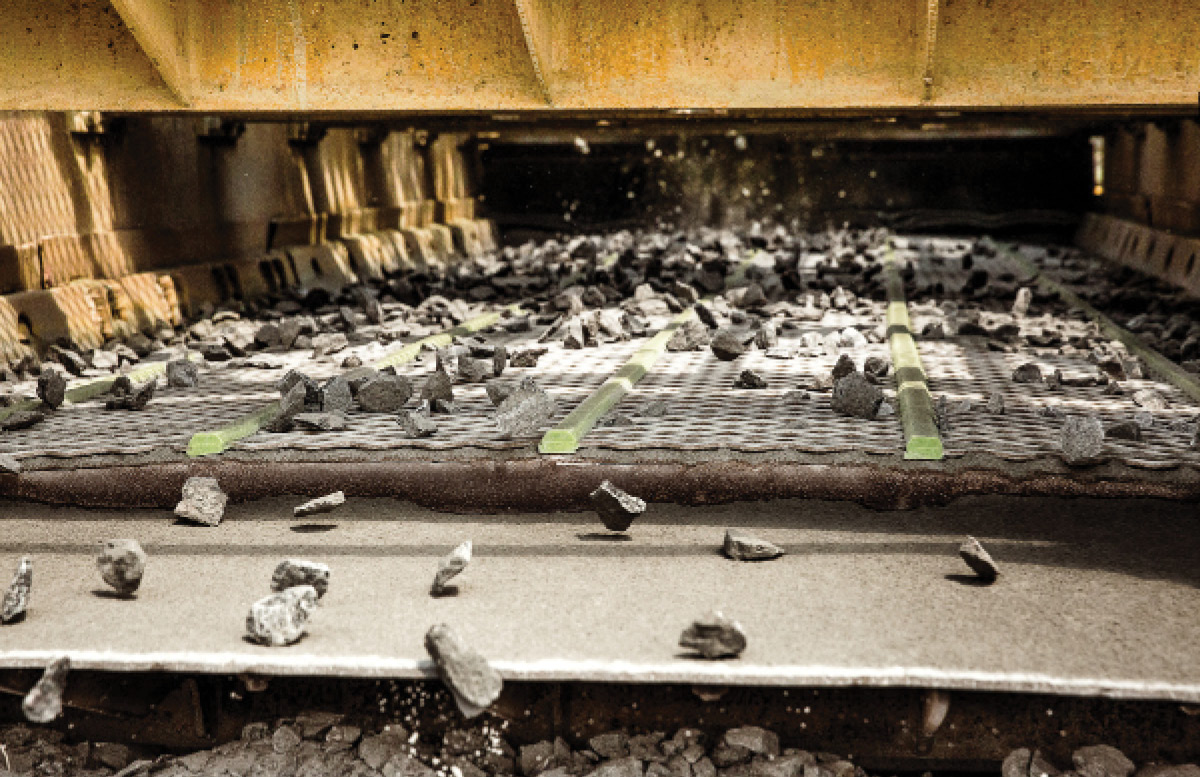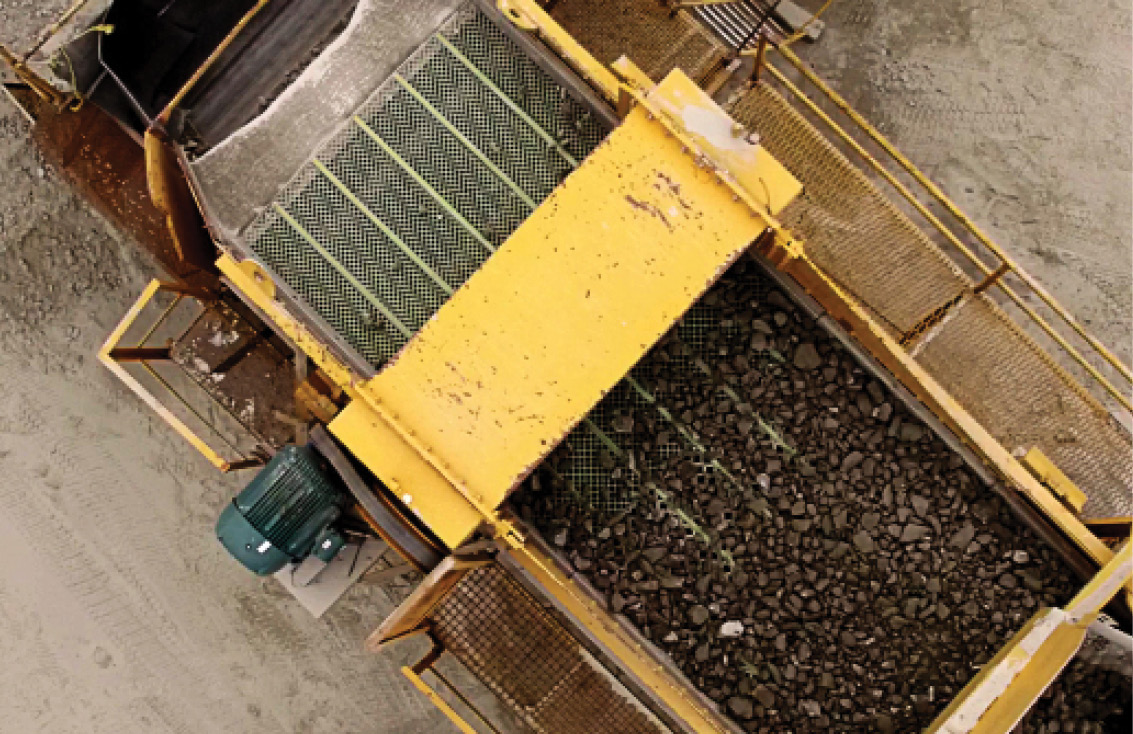
Increased Stratification Leads To A Greater Quantity Of Fine Material Passing Through The Open Area Of The Screen Media, Increasing The Effective Capacity Of The Machine.
By Matthew Armstrong
Aggregate and mining producers are likely familiar with the concept of stratification, a natural phenomenon vital to their material screening productivity. Stratification is the process by which vibration in a bed of material – or material passing over screen media – causes coarse material to rise to the top and fine material to fall to the bottom.
Stratification is essential for effective screening. Increased stratification leads to a greater quantity of fine material passing through the open area of the screen media, increasing the effective capacity of the machine. It also helps prevent common screening challenges, like blinding, pegging, limited throughput and increased downtime for frequent replacement needs.
Mastering the Phenomenon
Wise producers know that stratification is one of their best weapons against screening challenges, offering a cleaner retained product, greater efficiency and higher profits. Some manufacturers design screen media to maximize stratification with high-vibration wires that operate independently along the full length of the screen. One of the goals behind this design is to increase vibration frequency, which accelerates stratification.
The vibration of screen media is primarily induced by the media bed. A typical vibrating screen runs at between 600 and 1,200 strokes per minute, sometimes as high as 4,200 for high-frequency equipment.
However, with wire screens that vibrate independent of the screen, the vibrating effect is magnified – reaching frequencies of 6,000 to 10,000 cycles per minute. That’s up to 13 times greater than the vibration of a standard screen box. This enhanced vibration gives producers reliable productivity from their screens, among other benefits.
What’s the Payoff?
Achieving higher vibration frequency and accelerated stratification sounds impressive, but what do aggregate and mining producers really get out of it? Here are a few benefits an operation can see from the use of high-vibration screen media.
- Significantly improved production. Producers have shown a documented increase in production with high-vibration wire screens – as much as 40% greater in many different materials, including various rock types, salt and coal. The added vibration moves fines through the screen faster, allowing more tons per hour on the machine.
- Cleaner retained product. The high-vibration screen media design achieves maximum throughput thanks to better material-to-screen contact. High stratification and a wider material spread result in a high-quality retained product with no carryover. This means producers can, in some cases, screen their material dry, thus lowering their total water consumption and eliminating the need for water treatment.
- Longer wear life. Woven wire and some self-cleaning screen media designs have shorter lifespans due to cross wires that inevitably see more wear over time. High-vibration screens eliminate this issue, enjoying up to five times longer wear life than woven wire screens. This extends service intervals and allows producers to reduce the number of profit-reducing shutdowns needed to keep their operations running at peak efficiency.
Mastering stratification is key to ensuring screening productivity. To learn more about high-vibration screen media, contact a local dealer or screen media manufacturer to learn about the options available to take your operation to the next level.
Matthew Armstrong is a business development analyst at MAJOR. His decades of experience in the aggregate industry help him provide customers with screen media solutions that offer increased productivity and profits.
A MAJOR Manufacturer
MAJOR is an innovative global manufacturer of wire screens for the aggregate, mining and recycling industries. FLEX-MAT, the company’s line of distinctive lime-green high vibration screens made with OPTIMUMWIRE – “The longest-lasting wire” – sets the standard in lowering the cost of production per ton by dramatically increasing throughput and wear life while eliminating blinding and pegging. MAJOR masters wire quality, screen manufacturing and the screening process, and provides on-site screening performance assessment and training seminars on screen maintenance and screening efficiency to help producers increase their screening performance and profitability. www.majorflexmat.com.

high-frequency equipment. However, with wire screens that vibrate independent of the screen, the vibrating
effect is magnified – reaching frequencies of 6,000 to 10,000 cycles per minute.
